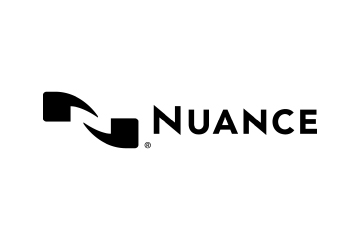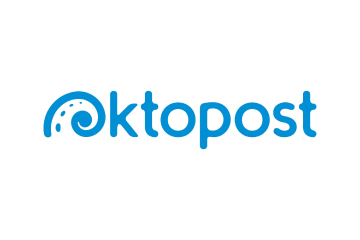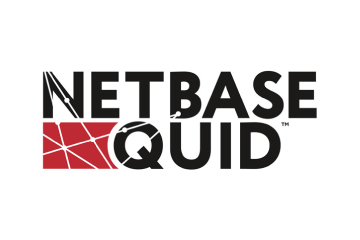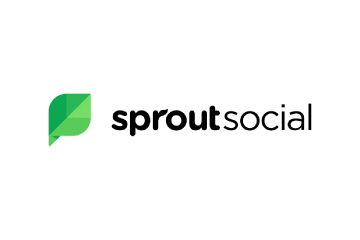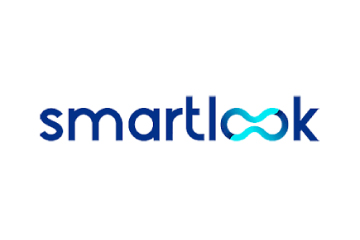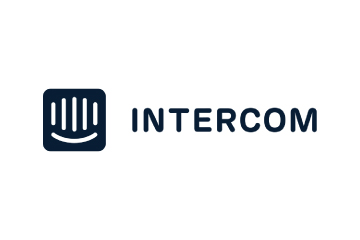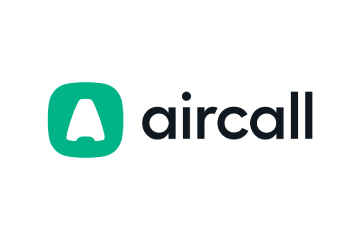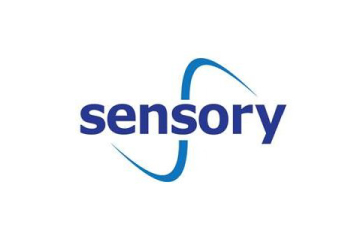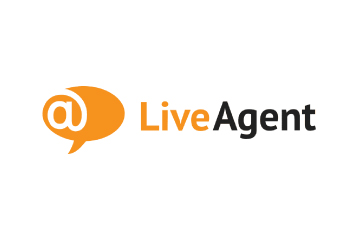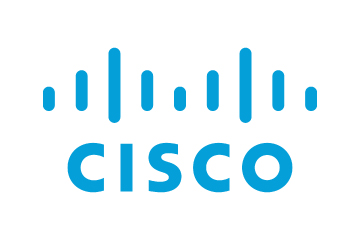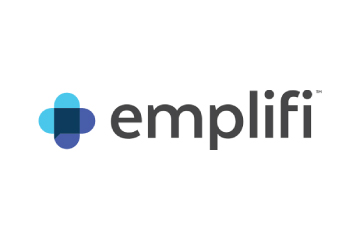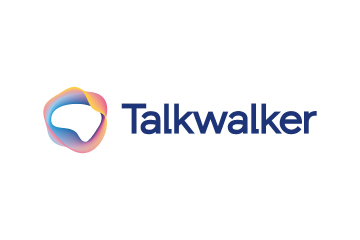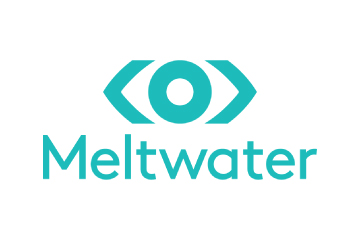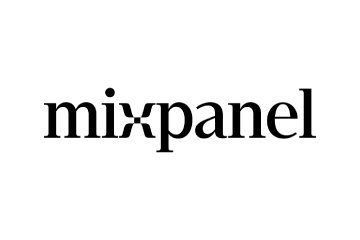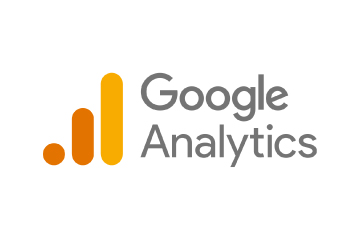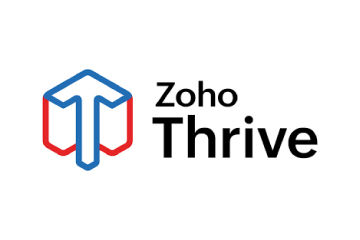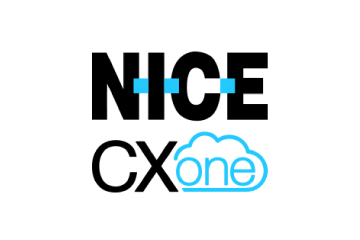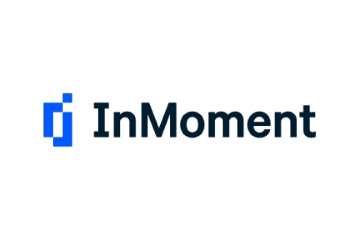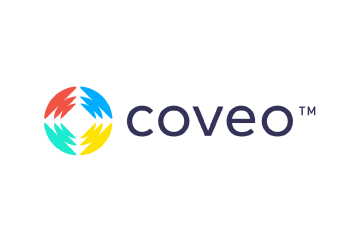From introducing Sprinklr’s Digital Twin to Salesforce Copilot for CRM chatbots, innovations around conversational AI in 2024 have already disrupted global industries across verticals. Here’s how.
With ever-evolving consumer needs for engaging experiences in real-time, lucrative opportunities exist for innovations around AI-powered chatbots. A survey estimated the conversational AI market to reach USD 73.05 billion by 2033.
Underlining the importance of conversational AI in addressing evolving organisational dynamics, Gerry Murray, Research Director at Marketing and Sales Technology, IDC, said, “Conversational AI reshapes marketing as the future interface between brands and buyers and between users and applications.” As AI permeates every facet of marketing, significant shifts in roles are imminent, and productivity gains will be exponential.
From introducing Sprinklr’s Digital Twin to Salesforce Copilot for CRM chatbots, innovations around conversational AI in 2024 have already disrupted global industries across verticals. Here’s how.
Also Read: The Metric that Links Martech to Business Value
5 Conversational AI Wins in 2024
InMoment’s AI-powered Chatbot Update to Elevate CX-focused Employee Journey
Saying hello to the New Year, InMoment updated its AI-powered conversational intelligence platform, offering large enterprises a new way to elevate the employee journey and improve the overall customer experience (CX). All this was done in partnership with Bright, an immersive learning platform.
How is this innovation helping customer-centric enterprises?
The integrated Bright and InMoment solution takes real-time InMoment data from the enterprise’s operations, such as handle times, error rates, NPS, or customer survey scores, to identify each associate’s strengths and weaknesses.
Furthermore, Bright automates a personalised, monthly upskilling path tailored to learners’ development opportunities. The upskilling involves AI-driven simulations where participants are assessed and guided as they communicate, make choices, and interact with virtual systems. This creates a realistic and pertinent practice and coaching experience tailored to the employee’s objectives.
Previously, Bright’s InMoment’s AI-engine-powered approach to conversation, chat, and software simulations has helped organisations to reduce training costs and ramp times up to 50% for customer and patient experience roles.
Google’s Gemini-powered Integrations for Elevating Search Ad Experiences
Rolling out its conversational experiences in Google Ads, Google AI emerged as a sign of relief for global advertisers in late January. The company announced its Gemini-backed integration, enabling marketers to optimise their Search campaigns by generating relevant ad content, including creatives and keywords.
How are advertisers leveraging the benefits?
Google’s natural-language conversational experience within Google Ads enables marketing teams to jumpstart campaign creation and simplifies Search ads combined with Google AI. For example, they can simply add a preferred landing page from their website and Google AI will summarise it.
Furthermore, it will generate relevant and effective keywords, headlines, descriptions, images, and other campaign assets. Advertisers can review and easily edit these suggestions before deploying. Lately, they can chat their way into better performance, asking Google AI for ideas, just like they might ask a colleague.
During the beta stage of its Gemini-backed search ad offerings, Google surveyed small business advertisers who used its conversational experience in Google Ads. More than 42% revealed that they are likelier to publish Search campaigns with “Good” or “Excellent” Ad Strength.
Also Read: European Brands Going the Extra Mile for Customer Happiness
Salesforce’s Einstein Copilot for Conversational CRMs
In late February, Salesforce announced the launch of the beta version of Einstein Copilot, its conversational AI assistant for CRM. Made generally available in April, Copilot Actions works with Salesforce’s ‘reasoning engine’ to remove the need to train or program an LLM. Consequently, it saves organisations from hefty expenses involved in training costs.
How is it helping C-suite leaders make every conversational AI experience better?
In a siloed world where traditional AI assistants or copilots lack adequate company data to generate useful responses, Einstein Copilot uses an organisation’s unique data and metadata to produce powerful customer insights and recommendations.
Leveraging easy natural language prompts, sales professionals can employ Einstein Copilot to query past customer transcripts to assess sentiment and craft follow-up emails based on previous calls. Meanwhile, marketers can use it to create personalised campaigns that resonate with their target audiences. Merchants can use it to get assistance in optimising sales, build ecommerce websites, and quickly generate personalised promotions.
Sprinklr’s Digital Twin Innovation Beyond Traditional Chatbots
In early May, Sprinklr, a unified customer experience management platform, took a major step in revolutionising its AI-powered chatbot tech stack. The company announced the launch of Sprinklr Digital Twin, enabling enterprises to leverage AI’s capabilities to power real-time and hyper-personalised conversations at scale.
How is it impacting brands and marketers?
Consider an example of a travel agency where a customer experiences a booking issue with their vacation package. A Digital Twin leverages real-time data, and immediately updates the customer’s segment from ‘Engaged Travellers’ to ‘Service Recovery,’ further pausing marketing promotions to focus on troubleshooting the service issue.
The customer can receive a tailored offer for their next trip as soon as the issue is resolved. This is thanks to its algorithm, which seamlessly links service recovery data with personalised marketing insights.
Before launching Digital Twin, Sprinklr built seamless conversational experiences using AI-powered capabilities. For instance, Miral Destinations, a destination management company, leveraged its AI-backed chatbots to reduce the time it takes to respond to customers across digital channels by 55% in six months.
Also Read: Intelligent Messaging Accelerates 1:1 Experiences
Adobe AI Assistant’s Campaign Optimisation Ease with a Conversational Tweak
In February 2024, Adobe released the beta version of its AI assistant, which it made generally available in mid-June. It is a genAI-backed conversational tool that redefines how customers work in its various applications, such as Adobe real-time CDP, Adobe Customer Journey Analytics, and Adobe Journey Optimiser. For instance, AEP AI Assistant is connected directly to Adobe’s AI image generator, Firefly, so it can be used to create marketing materials.
What else does this innovation mean to global marketers and C-suite leaders?
AI Assistant enables marketers to get insights into the available tools and features within the application to enhance the quality of their work. As a repercussion, it lets them jumpstart the creative process and elevate campaign creation, content generation, and publishing.
For example, if a campaign manager asks, “What are effective steps I need to take to activate my target audience?” Adobe’s AI assistance will generate a tailored answer based on Adobe documentation. Whereas marketing operation analysts can ask it to provide a list of audiences that aren’t targeted yet. Consequently, it is already helping businesses to increase their Return on Ad Spend (ROAS).

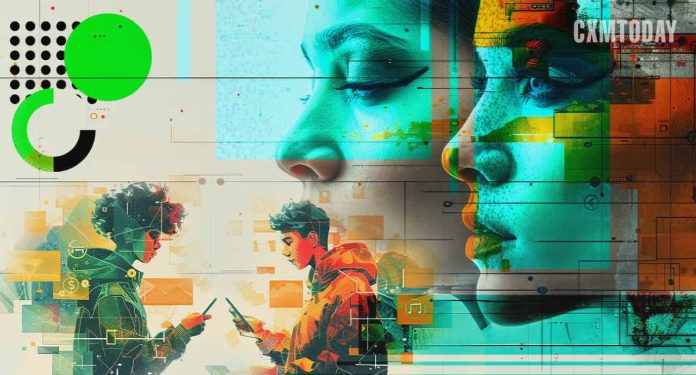








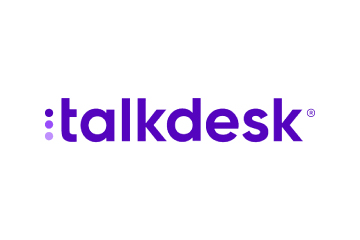




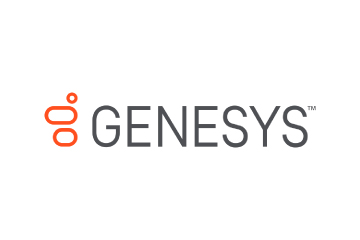
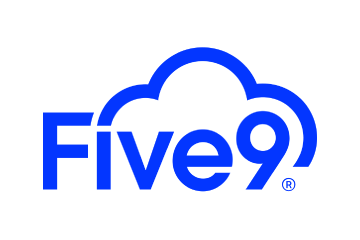


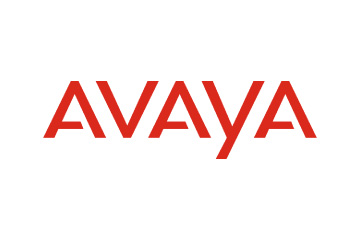
 Microsoft Dynamics 365 represents a robust cloud-based CRM solution with features such as pipeline assessment, relationship analytics, and conversational intelligence. It utilises AI-powered insights to provide actionable intelligence via predictive analytics, lead scoring, sentiment analysis, etc. Currently, Microsoft operates in 190 countries and is made up of more than 220,000 employees worldwide.
Microsoft Dynamics 365 represents a robust cloud-based CRM solution with features such as pipeline assessment, relationship analytics, and conversational intelligence. It utilises AI-powered insights to provide actionable intelligence via predictive analytics, lead scoring, sentiment analysis, etc. Currently, Microsoft operates in 190 countries and is made up of more than 220,000 employees worldwide. HubSpot is an inbound marketing, sales, and customer service software provider, offering robust CRM and automation solutions. Some of its products include Marketing Hub, Sales Hub, Operations Hub, Content Hub, Commerce Hub, Marketing Analytics and Dashboard Software. Guided by its inbound methodology, HubSpot enables companies to prioritise innovation and customer success.
HubSpot is an inbound marketing, sales, and customer service software provider, offering robust CRM and automation solutions. Some of its products include Marketing Hub, Sales Hub, Operations Hub, Content Hub, Commerce Hub, Marketing Analytics and Dashboard Software. Guided by its inbound methodology, HubSpot enables companies to prioritise innovation and customer success. Monday.com is a project management software company, offering a cloud-based platform that enables businesses
Monday.com is a project management software company, offering a cloud-based platform that enables businesses  Headquartered in San Mateo, California, Freshworks is a global AI-powered business software provider. Its tech stack includes a scalable and comprehensive suite for IT, customer support, sales, and marketing teams, ensuring value for immediate business impact. Its product portfolio includes Customer Service Suite, Freshdesk, Freshchat, Freshcaller, Freshsuccess, and Freshservice. Freshservice for Business Teams has helped several global organisations to enhance their operational efficiency.
Headquartered in San Mateo, California, Freshworks is a global AI-powered business software provider. Its tech stack includes a scalable and comprehensive suite for IT, customer support, sales, and marketing teams, ensuring value for immediate business impact. Its product portfolio includes Customer Service Suite, Freshdesk, Freshchat, Freshcaller, Freshsuccess, and Freshservice. Freshservice for Business Teams has helped several global organisations to enhance their operational efficiency. Talkdesk offers an innovative AI-powered customer-centric tech stack to its global partners. The company provides generative AI integrations, delivering industry-specific solutions to its customers. Talkdesk CX Cloud and Industry Experience Clouds utilise modern machine learning and language models to enhance contact centre efficiency and client satisfaction.
Talkdesk offers an innovative AI-powered customer-centric tech stack to its global partners. The company provides generative AI integrations, delivering industry-specific solutions to its customers. Talkdesk CX Cloud and Industry Experience Clouds utilise modern machine learning and language models to enhance contact centre efficiency and client satisfaction.

 The company offers comprehensive cloud-based solutions, such as Microsoft Dynamics 365, Gaming Consoles, Microsoft Advertising, Copilot, among other things, to help organisations offer enhanced CX and ROI. Its generative-AI-powered speech and voice recognition solutions,such as Cortana and Azure Speech Services empowers developers to build intelligent applications.
The company offers comprehensive cloud-based solutions, such as Microsoft Dynamics 365, Gaming Consoles, Microsoft Advertising, Copilot, among other things, to help organisations offer enhanced CX and ROI. Its generative-AI-powered speech and voice recognition solutions,such as Cortana and Azure Speech Services empowers developers to build intelligent applications.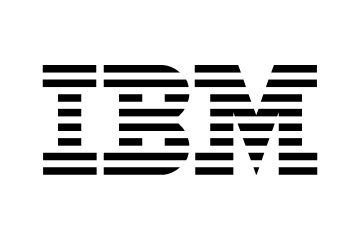 IBM is a global hybrid cloud and AI-powered
IBM is a global hybrid cloud and AI-powered  Uniphore is an enterprise-class, AI-native company that was incubated in 2008. Its enterprise-class multimodal AI and data platform unifies all elements of voice, video, text and data by leveraging Generative AI, Knowledge AI, Emotion AI and workflow automation. Some of its products include U-Self Serve, U-Assist, U-Capture, and U-Analyze. Its Q for Sale is a conversational intelligence software that guides revenue teams with AI-powered insights, offering clarity on how to effectively keep prospects engaged.
Uniphore is an enterprise-class, AI-native company that was incubated in 2008. Its enterprise-class multimodal AI and data platform unifies all elements of voice, video, text and data by leveraging Generative AI, Knowledge AI, Emotion AI and workflow automation. Some of its products include U-Self Serve, U-Assist, U-Capture, and U-Analyze. Its Q for Sale is a conversational intelligence software that guides revenue teams with AI-powered insights, offering clarity on how to effectively keep prospects engaged. Google Cloud accelerates every organisation’s ability to digitally transform its business. Its enterprise-grade solutions leverage modern technology to solve the most criticial business problems
Google Cloud accelerates every organisation’s ability to digitally transform its business. Its enterprise-grade solutions leverage modern technology to solve the most criticial business problems 
 8×8 offers out-of-the-box contact centre solutions, assisting all-size businesses to efficiently meet customer needs and preferences. It offers custom CRM integrations support and integrates effortlessly with third-party CRMs like Salesforce, Microsoft Dynamics, Zendesk, and more. Offering global support in all time zones & development teams in 5 continents, its patented geo-routing solution ensures consistent voice quality.
8×8 offers out-of-the-box contact centre solutions, assisting all-size businesses to efficiently meet customer needs and preferences. It offers custom CRM integrations support and integrates effortlessly with third-party CRMs like Salesforce, Microsoft Dynamics, Zendesk, and more. Offering global support in all time zones & development teams in 5 continents, its patented geo-routing solution ensures consistent voice quality. Sprinklr is a comprehensive enterprise software company for all customer-focused functions. With advanced AI, Sprinklr’s unified customer experience management (Unified-CXM) platform lets organisations offer human experiences to every customer, every time, across any modern channel.
Sprinklr is a comprehensive enterprise software company for all customer-focused functions. With advanced AI, Sprinklr’s unified customer experience management (Unified-CXM) platform lets organisations offer human experiences to every customer, every time, across any modern channel.
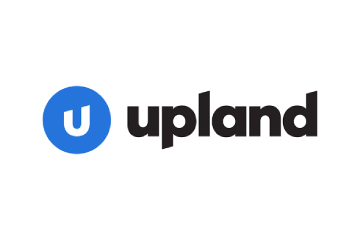 Upland offers a comprehensive suite of contact centre and customer service solutions with products including InGenius, Panviva, Rant & Rave, and RightAnswers. InGenius enables organisations to connect their existing phone system with CRM, further enhancing agent productivity. Panviva provides compliant and omnichannel capabilities for highly regulated industries. Whereas, Rant & Rave, and RightAnswers are its AI-powered solutions,
Upland offers a comprehensive suite of contact centre and customer service solutions with products including InGenius, Panviva, Rant & Rave, and RightAnswers. InGenius enables organisations to connect their existing phone system with CRM, further enhancing agent productivity. Panviva provides compliant and omnichannel capabilities for highly regulated industries. Whereas, Rant & Rave, and RightAnswers are its AI-powered solutions,  Zoho Social, a part of Zoho’s suite of 50+ products, is a comprehensive social media management platform for businesses and agencies. The Zoho Social dashboard includes a robust set of features, such as Publishing Calendar, Bulk Scheduler, and Approval Management to offer businesses all the essential social media publishing tools. Its monitoring tools help enterprises track and respond to relevant social conversations.
Zoho Social, a part of Zoho’s suite of 50+ products, is a comprehensive social media management platform for businesses and agencies. The Zoho Social dashboard includes a robust set of features, such as Publishing Calendar, Bulk Scheduler, and Approval Management to offer businesses all the essential social media publishing tools. Its monitoring tools help enterprises track and respond to relevant social conversations.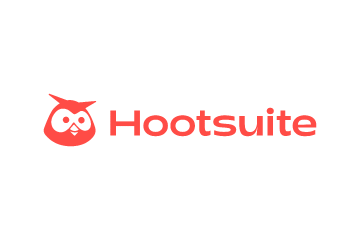 Hootsuite, headquartered in Vancouver, is a social media management platform that streamlines the process of managing multiple social media accounts. Some of its core offerings include social media content planning and publishing, audience engagement tools, analytics and social advertising. Its easy-to-integrate capabilities help marketing teams to schedule and publish social media posts efficiently.
Hootsuite, headquartered in Vancouver, is a social media management platform that streamlines the process of managing multiple social media accounts. Some of its core offerings include social media content planning and publishing, audience engagement tools, analytics and social advertising. Its easy-to-integrate capabilities help marketing teams to schedule and publish social media posts efficiently.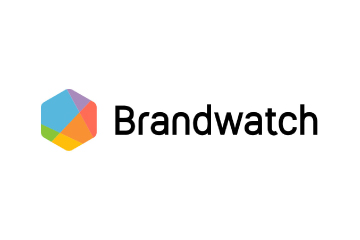 Brandwatch enables businesses to build and scale the optimal strategy for their clients with intuitive, use-case-focused tools that are easy and quick to master. Bringing together consumer intelligence and social media management, the company helps its users react to the trends that matter, collaborate on data-driven content, shield the brand from threats and manage all the social media channels at scale.
Brandwatch enables businesses to build and scale the optimal strategy for their clients with intuitive, use-case-focused tools that are easy and quick to master. Bringing together consumer intelligence and social media management, the company helps its users react to the trends that matter, collaborate on data-driven content, shield the brand from threats and manage all the social media channels at scale.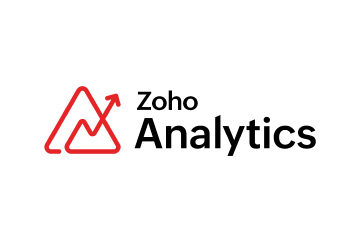 Zoho Corporation offers innovative and tailored software to help leaders grow their business. Zoho’s 55+ products aid sales and marketing, support and collaboration, finance, and recruitment requirements. Its customer analytics capabilities come with a conversational feature, Ask Zia. It enables users to ask questions and get insights in the form of reports and widgets in real-time.
Zoho Corporation offers innovative and tailored software to help leaders grow their business. Zoho’s 55+ products aid sales and marketing, support and collaboration, finance, and recruitment requirements. Its customer analytics capabilities come with a conversational feature, Ask Zia. It enables users to ask questions and get insights in the form of reports and widgets in real-time. Salesforce-owned Tableau is an AI-powered analytics and business intelligence platform, offering the breadth and depth of capabilities that serve the requirements of global enterprises in a seamless, integrated experience. Marketers can utilise generative AI models, AI-powered predictions, natural language querying, and recommendationsons.
Salesforce-owned Tableau is an AI-powered analytics and business intelligence platform, offering the breadth and depth of capabilities that serve the requirements of global enterprises in a seamless, integrated experience. Marketers can utilise generative AI models, AI-powered predictions, natural language querying, and recommendationsons. Fullstory is a behavioural data platform, helping C-suite leaders make informed decisions by injecting digital behavioural data into its analytics stack. Its patented technology uncovers the power of quality behavioural data at scale, transforming every digital visit into actionable insights. Enterprises can increase funnel conversion and identify their highest-value customers effortlessly.
Fullstory is a behavioural data platform, helping C-suite leaders make informed decisions by injecting digital behavioural data into its analytics stack. Its patented technology uncovers the power of quality behavioural data at scale, transforming every digital visit into actionable insights. Enterprises can increase funnel conversion and identify their highest-value customers effortlessly.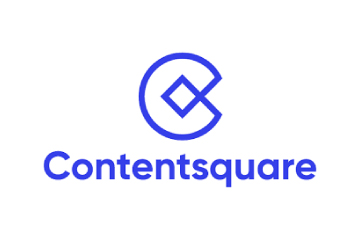 Contentsquare is a cloud-based digital experience analytics platform, helping brands track billions of digital interactions, and turn those digital
Contentsquare is a cloud-based digital experience analytics platform, helping brands track billions of digital interactions, and turn those digital  Amplitude is a product analytics platform, enabling businesses to track visitors with the help of collaborative analytics. The platform leverages the capabilities of
Amplitude is a product analytics platform, enabling businesses to track visitors with the help of collaborative analytics. The platform leverages the capabilities of  Adobe Experience Cloud offers a comprehensive set of applications, capabilities, and services specifically designed to address day-to-day requirement for personalised customer experiences at scale. Its platform helps play an essential role in managing different digital content or assets to improve customer happiness. Its easy-to-optimise content gives users appropriate marketing streams, ensuring product awareness.
Adobe Experience Cloud offers a comprehensive set of applications, capabilities, and services specifically designed to address day-to-day requirement for personalised customer experiences at scale. Its platform helps play an essential role in managing different digital content or assets to improve customer happiness. Its easy-to-optimise content gives users appropriate marketing streams, ensuring product awareness.
 Started in 2005 in a Sweden-based small town, Norrköping, Voyado offers a customer experience cloud platform that includes a customer loyalty management system. This platform helps businesses design and implement customer loyalty programs, track customer
Started in 2005 in a Sweden-based small town, Norrköping, Voyado offers a customer experience cloud platform that includes a customer loyalty management system. This platform helps businesses design and implement customer loyalty programs, track customer 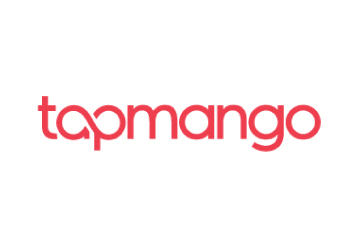 TapMango provides a comprehensive, customisable, flexible and feature-rich customer loyalty program. The loyalty tools include an integrated suite of customised consumer-facing technology, easy-to-use merchant tools, and automation algorithms, all aimed at enhancing customer experience. Adaptable to any industry, TapMango’s platform helps merchants compete with larger chains, converting customer one-time purchases into profitable spending habits.
TapMango provides a comprehensive, customisable, flexible and feature-rich customer loyalty program. The loyalty tools include an integrated suite of customised consumer-facing technology, easy-to-use merchant tools, and automation algorithms, all aimed at enhancing customer experience. Adaptable to any industry, TapMango’s platform helps merchants compete with larger chains, converting customer one-time purchases into profitable spending habits.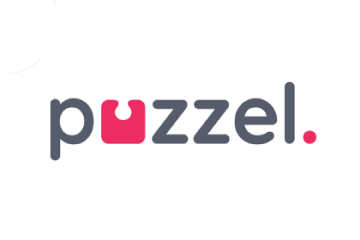
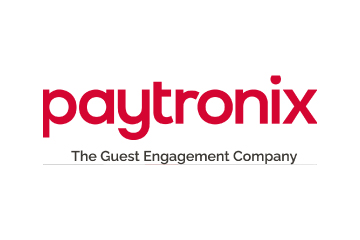


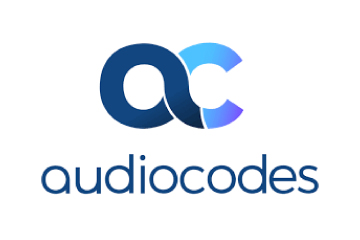





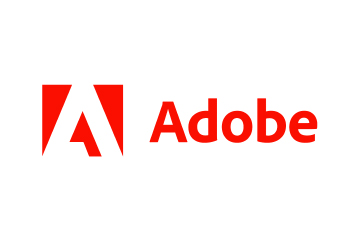 Adobe Experience Cloud offers a comprehensive set of applications, capabilities, and services specifically designed to address day-to-day requirements for personalised customer experiences at scale. Its innovative platform has played an essential role in managing different digital content or assets, to improve customer happiness or satisfaction. Some of its products include Adobe Gen Studio, Experience Manager Sites, Real-time CDP, and Marketo Engage.
Adobe Experience Cloud offers a comprehensive set of applications, capabilities, and services specifically designed to address day-to-day requirements for personalised customer experiences at scale. Its innovative platform has played an essential role in managing different digital content or assets, to improve customer happiness or satisfaction. Some of its products include Adobe Gen Studio, Experience Manager Sites, Real-time CDP, and Marketo Engage.